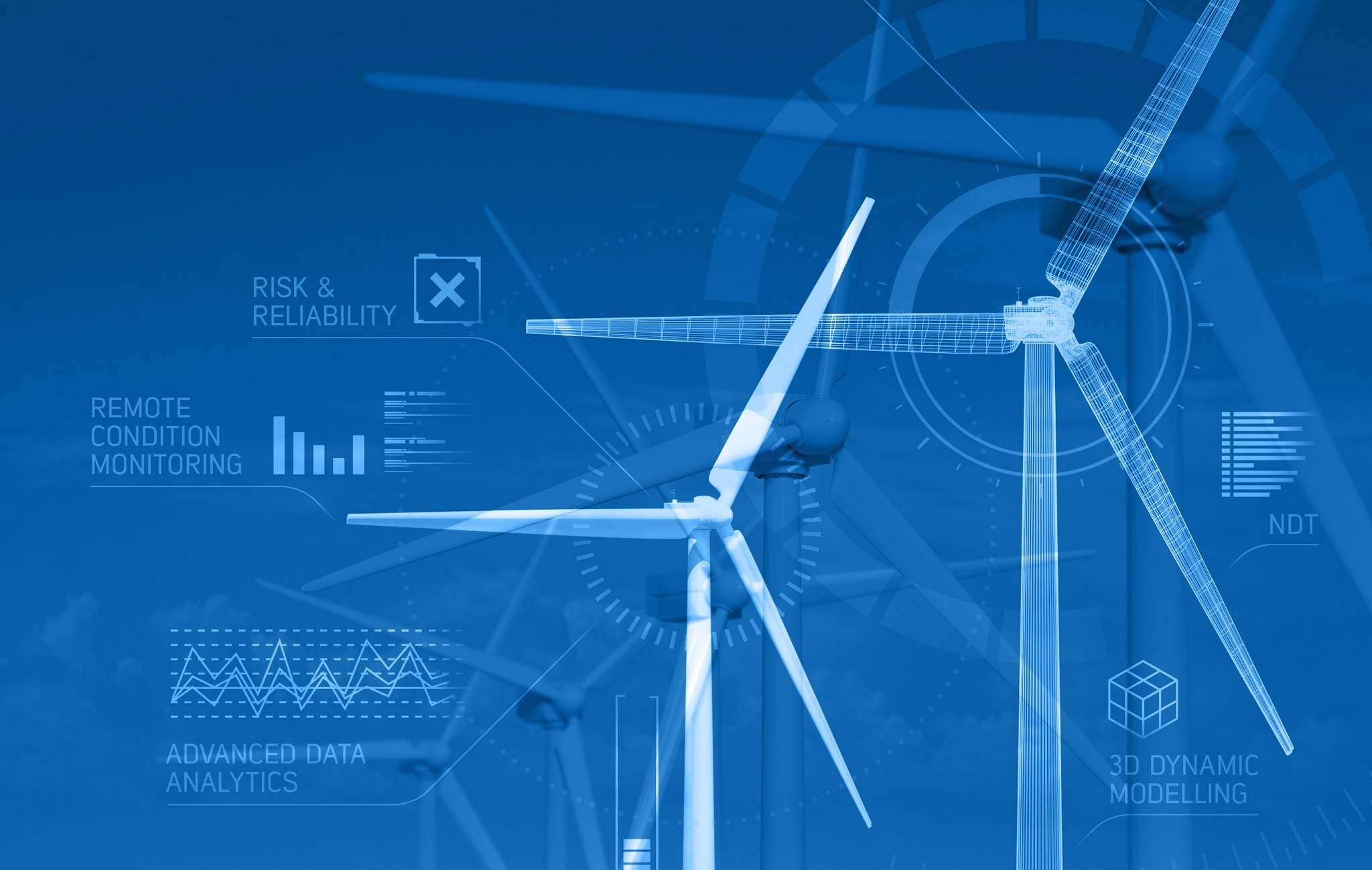Why Digital Twins are No Longer Optional
/From TWI Global
Industrial enterprises today are facing increased competition, shorter product cycles, and rising customer demands. As a result, industrial leaders have to be agile and find ways to optimize their processes and products. To do this, they need to leverage the latest technologies—one of the most effective being digital twins.
Industrial digital twins are powerful AR/VR-based systems whose features include real-time monitoring, predictive analytics, simulation, optimization, and more. Digital twins are often integrated with other systems like enterprise resource planning (ERP) and Internet of Things (IoT) devices for better data collection and analysis.
Industrial digital twins can be used for asset management, predictive maintenance, product lifecycle management, operations improvement, energy management, and more. They can also be used to simulate how different processes or products will operate in different scenarios and optimize their performance.
Enterprise Digital Twin Growth
The market for digital twins has been growing rapidly in recent years as more industrial enterprises recognize their potential benefits. According to Gartner, the global market for digital twins is expected to grow from $3 billion in 2019 to $14 billion by 2024. This growth is being driven by the increasing use of the technology in industrial enterprises across various sectors including manufacturing, transportation, energy, and more.
The use cases for digital twins continue to expand as well. For example, they are being used:
In predictive maintenance to identify potential failures before they occur.
For product lifecycle management to optimize product design and improve quality control
To optimize energy consumption and reduce costs
Of the emerging technologies we cover, digital twins have had some of the most poignant proven use cases in enterprises. The systems are helping enterprises reduce costs, improve safety, limit downtime, identify energy waste, and so much more.
To keep up with competition, digital twins are no longer optional for tech leaders at industrial enterprises. The market for digital twins is expected to grow significantly in the coming years as more industrial enterprises recognize their potential benefits. And as digital twins and their physical counterparts grow in complexity, visual communications will become increasingly important.
Industry-wide Challenges
As the marketplace grows, digital twins can present serious security risks for businesses. These digital representations of physical objects may contain confidential data that could be accessed by malicious actors. As a result, companies must ensure they have the proper measures and protocols in place to protect their digital twin data from unauthorized access or use.
Enterprises that adopt digital twins need to be prepared for the ever-changing parameters and tolerances in the technology. As new technologies progress, companies must be prepared to adjust their models as necessary or face potential issues down the line.
At the moment, many enterprises have found the benefits of digital twins are outweighing the challenges and risks. Companies like BP, Equinor, Shell, and more are using digital twins across their operations.
The enterprises that make digital twins a priority are positioned for a twinning strategy.



